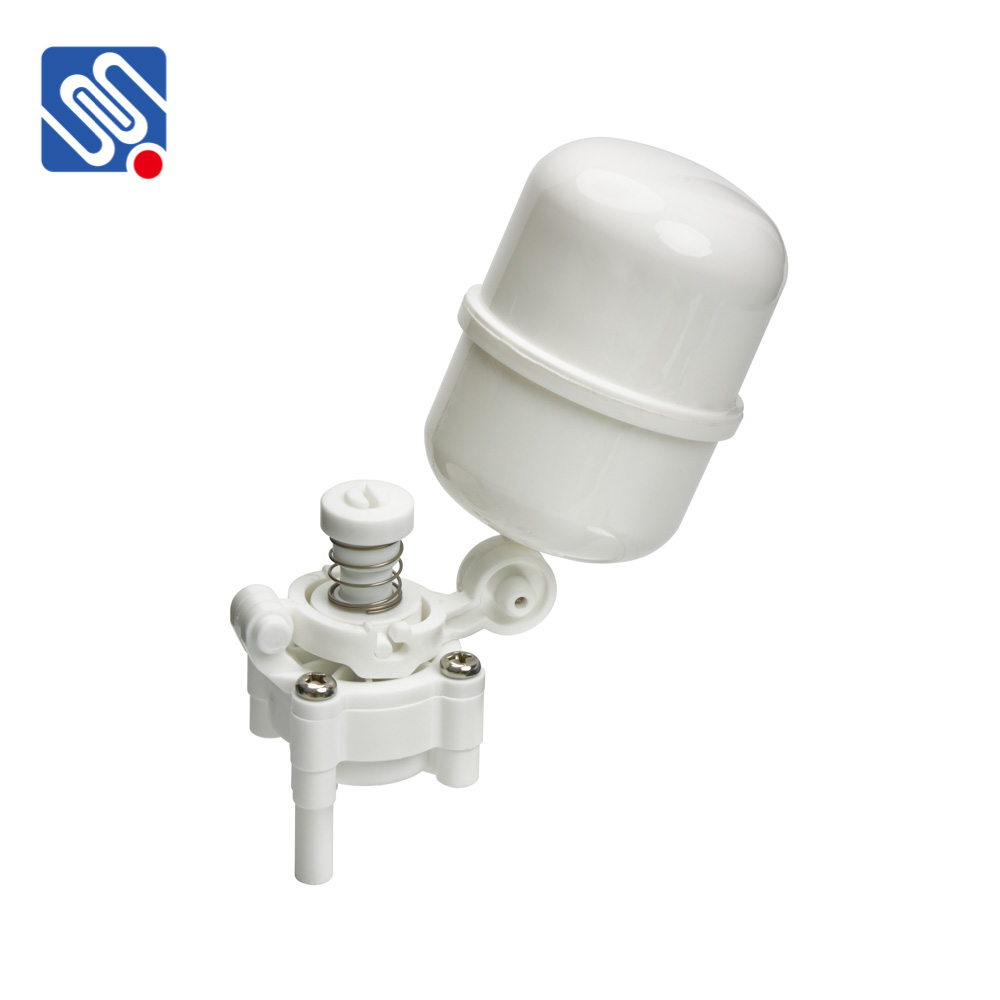Plastic valves have become a cornerstone in the design and operation of modern water systems. As industries and residential sectors alike demand reliable, cost-effective, and durable solutions for water distribution, plastic valves offer numerous advantages that make them ideal for various water-related applications. From simple residential plumbing systems to complex industrial water treatment plants, plastic valves are playing an increasingly critical role. This article explores the types, benefits, and applications of plastic valves in water systems.

Types of Plastic Valves Plastic valves are typically made from materials like PVC (Polyvinyl Chloride), CPVC (Chlorinated Polyvinyl Chloride), PP (Polypropylene), and PE (Polyethylene), each offering distinct advantages for different applications. PVC (Polyvinyl Chloride): PVC is the most commonly used material in plastic valves due to its excellent balance of strength, corrosion resistance, and affordability. It is widely used in cold water systems and irrigation setups. CPVC (Chlorinated Polyvinyl Chloride): CPVC valves are a step up from PVC when higher temperature resistance is required. These valves are suitable for hot water systems and industrial water processing.